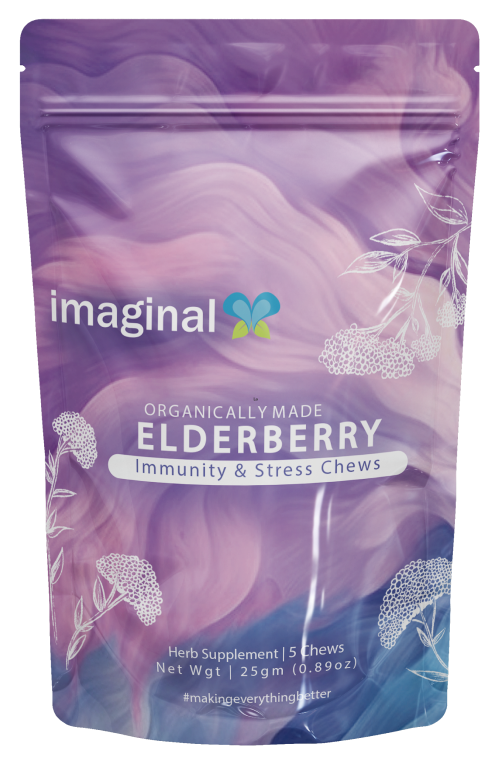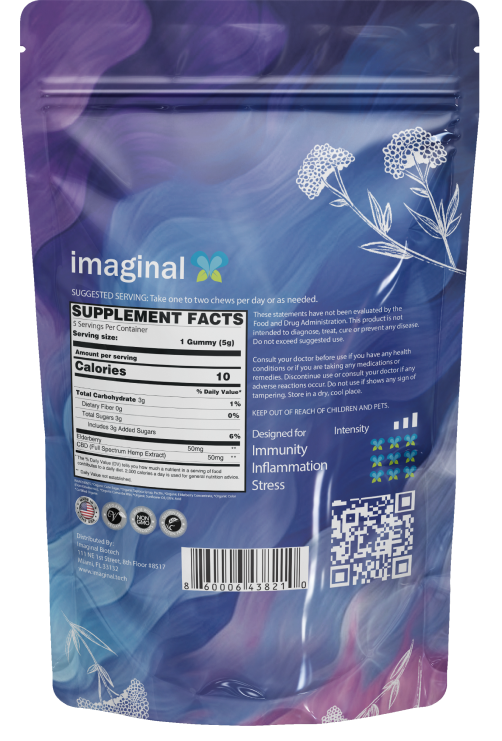Did you know that the hemp plant has over 500 unique compounds?

(The hemp plant has over 500 unique compounds)
These compounds can be placed in groups that include omega fatty acids, cannabinoids, terpenoids, and flavonoids. If you are a long time hemp user, you might be familiar with these compounds. If you are starting out, don't worry, we are here to help.
The basics: Cannabis compounds
The hemp plant has tons of different compounds, and each of these compounds has a significant role to play. They include:
- Cannabinoids- Cannabinoids are chemical substances that are naturally found in the cannabis plant and have an effect on the body’s cannabinoid receptors. CBD and THC are the two most well-known cannabinoids.
Scientists are still trying to figure out how all these compounds interact, and at times it feels like we have only scratched the surface when it comes to understanding hemp. When scientists are talking about how these compounds interact, one of the phrases that come up often is the "entourage effect."
According to the Cambridge dictionary, an entourage is a group of people who travel with and work for a famous person. At this point, you are probably wondering what this has to do with CBD and THC. That’s what we are here to figure out.
A little history
The term entourage effect was coined in 1999 by a group of scientists working to identify how various cannabis compounds interact. In their paper, they proposed that the entourage effect was a unique method of endocannabinoid regulation. Through this process, multiple compounds worked together to elicit a cellular response.
Since this first paper was published, many researchers became interested in the entourage effect including; Dr. Ethan Russo, Professor Christopher Grof, and Jerome Bouaziz.
In this article, we will focus extensively on the work of these researchers to try and paint a full picture of the entourage effect.
What is the entourage effect?
Now that we have looked at the basics and history of the entourage effect let's look at the effect itself.
The entourage effect is a theory that every compound in cannabis works together. And by working together, they create a better effect than a single compound on its own.
Is the entourage effect real?
When we say that the entourage effect is a theory, some people might assume that it isn’t real. This couldn’t be further from the truth. This misunderstanding is caused by the difference in the everyday usage of the word theory and the scientific usage of the word.
When you and I talk about a theory, we are typically referring to speculation or something that we are guessing at. But in science, a theory is an explanation of a phenomenon in the natural world that can be tested and verified using the scientific method. A proper scientific theory has been scrutinized multiple times.
Examples of the entourage effect
CBD and THC

(2D structure of CBD)
CBD and THC are the two most popular cannabinoids, and because of this, there's lots of interest in seeing whether and how they interact.

(2D structure of THC)
One of the studies that attempted to answer these questions was carried out in 2010 on cancer patients. The study, like many such studies, was a randomized, multi-center, double-blind, placebo-controlled study. In simpler terms, what this means is that the study was conducted following best practices.
In this study, all the participants were living with extreme cancer-related pain. Some of the participants were given a THC-CBD extract; some were given a pure THC extract while the rest were given a placebo.
Those who were given the THC-CBD extract reported having significantly less pain than those who were given either pure THC or the placebo. This showed that THC and CBD together are more efficient at reducing pain than THC alone.
Do CBD and THC interact in other ways?
CBD and THC interact in several other ways. In fact, studies have indicated that CBD reduces the psychoactive effects of THC.
According to a 2015 study published in the British Journal of Pharmacology, CBD is a negative allosteric modulator. What this means is that CBD binds to a site on CB1 receptor different from the one THC links to. When CBD binds to this site, it alters the shape of the receptor, reducing the binding sites for THC. This subsequently reduces the psychoactive effect of THC.
Cannabinoids and terpenes
Another instance of the entourage effect occurs between cannabinoids and terpenes. The phenomenon was described in a 2015 paper by Dr. Ethan Russo,
In the paper, Dr. Russo looked at the benefits of some of the most well-known cannabinoids and, based on how they work, described potential synergistic effects.
One of the examples Dr. Russo provided, was of CBG and CBD; these two cannabinoids have been proven to be effective at inhibiting MRSA, a bacterial infection.

(Skeletal formula of CBG)
He posited that they might be even more successful when combined with pinene, a terpene that inhibits MRSA. He also suggested that CBD and CBG might be more effective in dealing with MRSA if they were prepared using terpenes that enhance the permeability of the skin.
In the paper, Dr. Russo suggested several other potential instances of the entourage effect. These include:
- Pinene may counteract the negative effects on the memory caused by THC.
- CBD and caryophyllene, a terpene, may help treat addictions.
- CBD and limonene, a terpene, could work together to reduce anxiety.
- THC and CBN could work together to create a sedating effect.
Criticism of the entourage effect
Like most scientific theories, the entourage effect has several significant criticisms. The most significant criticism was published in a study by a team led by Marina Santiago.
In this study, they looked at the six most common terpenoids in the hemp plant. The research indicated that none of the terpenoids directly activated the CB1 or CB2 receptors. The terpenoids also did not modulate the signaling of delta 9 THC.
However, the study failed to examine other non-cannabinoid receptors. When these non-cannabinoid receptors are altered, they might cause an indirect modulation of the cannabinoid receptors.
How can you get the most out of the entourage effect?
The best way to take advantage of the entourage effect is to use full-spectrum hemp products. Full-spectrum hemp products come in many forms, such as oils, vapes, and capsules giving you a wide selection of products to choose from.
You can also experience the entourage effect when using broad-spectrum products.
If you want to get the best CBD products that will enable you to enjoy the entourage effect, and other benefits, take a look at our shop. We have a wide array of products that are perfect for you and your pet.
If you enjoyed this article, please share it with your friends, family and on social media. Help us build the #ImaginalFamily




